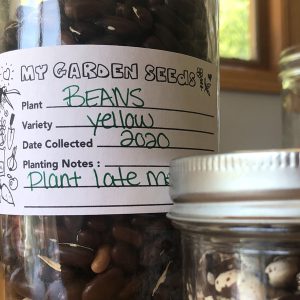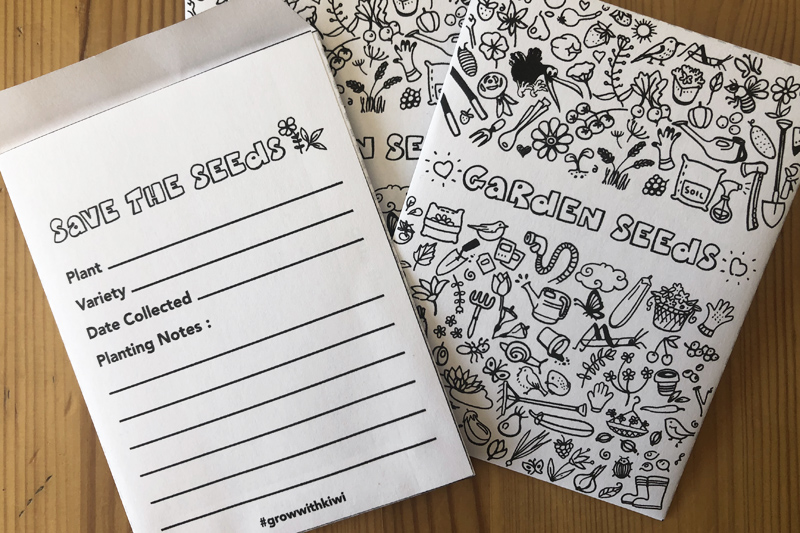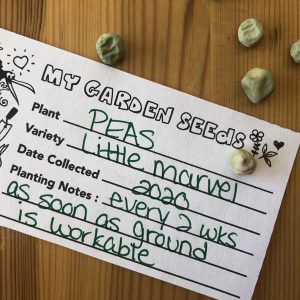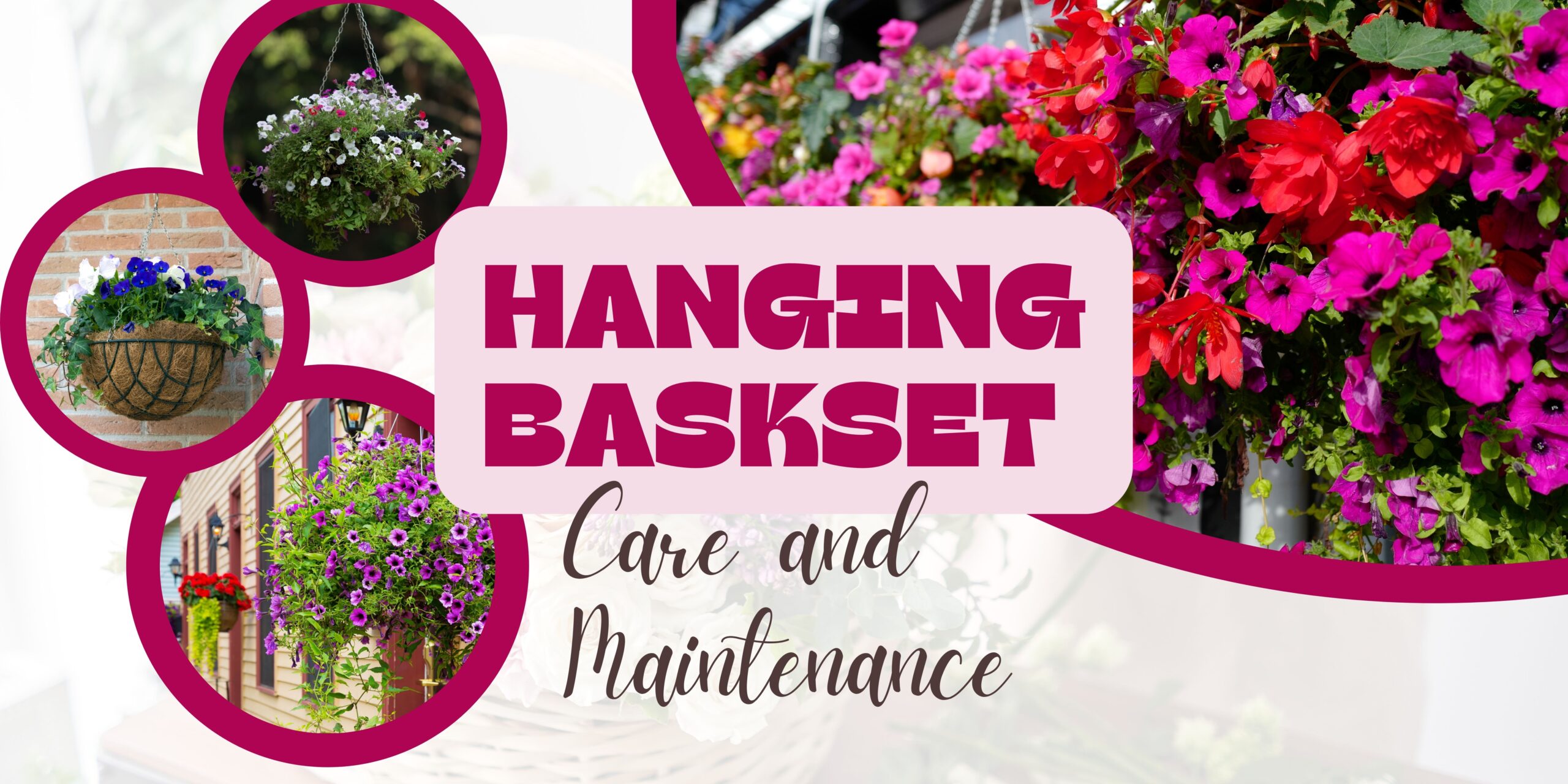The Easiest Seeds to Save
Peas & Beans
Peas and beans are harvested for seed once the pods have dried, simply leave the pods on the plant until they turn brown and start to dry. However, you will want to avoid frost, if frost threatens you can pull the plant and hang upside down indoors. Beans can be brought indoors once the pods get leathery. Once completely dry, gently crush the pods between two sheets of paper or cloth to release the seeds from their pods for storing.
Lettuce & Spinach
Both lettuce and spinach tend to flower and go to seed once the weather gets warmer, so you’ll want to harvest your edible leaves early before they go bitter. However if you let a few of your plants mature, you’ll have seeds for next year’s garden. You can put a paper bag over stalks to help prevent birds and wind from taking off with your seeds. Once stalks have dried you can cut them down and beat over over a sheet to separate from stalk. Let the seeds sit on a sheet of newspaper to completely dry out before storing, this can take a couple of weeks. Once dry, they can be sieved to separate out unwanted particulates.
Peppers
Peppers are ripe and ready to be harvested once they are completely red. To harvest the seeds, simply cut open as you would normally, remove the seeds, and spread them out over a paper plate to dry for storage.
Zucchini & Winter Squash
Let your squash mature on the vine past its optimal picking point. For zucchinis, harvest about 20 days past maturity. For pumpkins and other winter squash, harvest once the the skin can not easily be dented with a fingernail. Keep indoors to mature an additional 3 weeks. Once your zucchinis and winter squash are ready to be seed harvested, scoop out pulp and seeds to wash and sieve, separating the seeds from pulp. Dry on paper plates for a few weeks before storing.

Helpful Tips
Drying Your Seeds
Dry in a cool, well ventilated area.
Make sure to kept out of direct sun.
Do not dry on paper towel, it has a tendency to stick to the seeds.
Check periodically for moisture.
Make sure all seeds are completely dry before storing.
Storing You Seeds
Label your seeds with all relevant information.
Store in airtight containers such as canning jars with rubber seals.
Dedicate a cool, dry, dark place for your seed collection.
Most containers will only keep seeds viable for 2-3 years.
Printable Templates
Our Seed Saving Labels are perfect for identifying which seeds are which, they can easily be placed in or on any container to keep your collection organized.
Our Seed Saving Envelopes are great for seed sharing with friends or packaging small seeds that might otherwise get lost in a mason jar, besure to place the envelope in an airtight container for storage.
 |
| 




